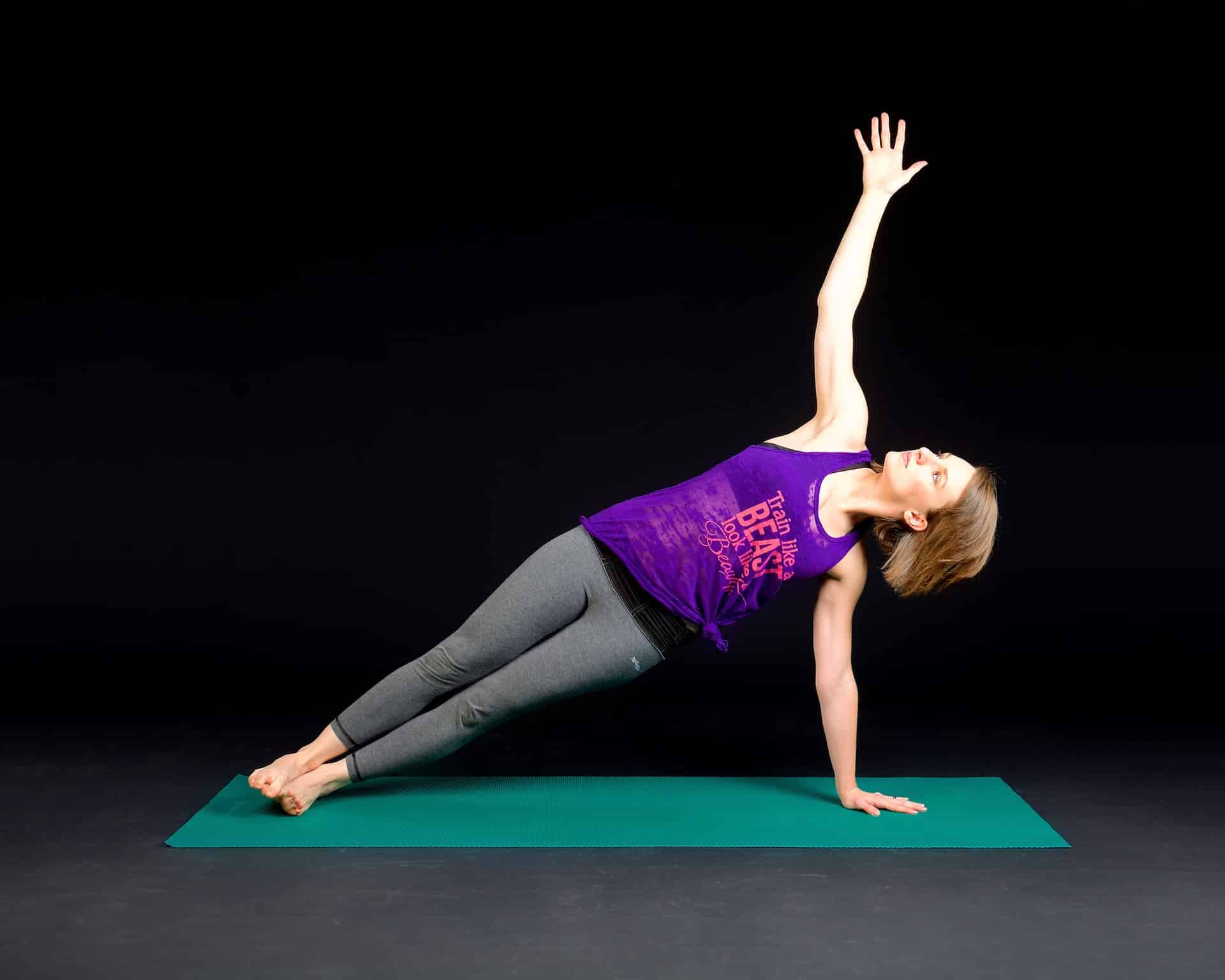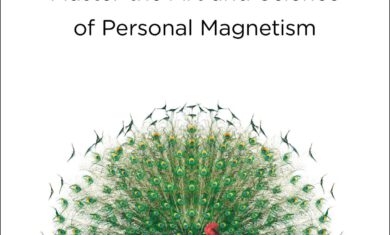If you’re doing Pilates, oppositional energy is a great thing. In a post about it, Jen Micoleau explains an example like this:
Stretch your legs away from your pelvis. At the same time, imagine your pelvis pulling away from your legs. You are creating opposition. The muscles along the bones lengthen. The pelvis stabilizes. The joints open and decompress. You are simultaneously creating stretch and strength.
I’m not here to talk about Pilates, though, as oppositional energy can also be used on a larger scale. As Seth Godin puts it, oppositional energy is often used to divide us mentally. It can be great for sports team, but ugly for almost anything else:
Oppositional energy is easy to create and spread. Once you pick a ‘they’, then it’s simply a matter of doing the opposite of whatever ‘they’ recommend. It’s a lazy shortcut, one that divides, demonizes and causes us to suspend our instincts toward better.
We see this a lot in politics, where the primary goal of a group is simply to “beat the republicans” or “stop the dems”, and this is part of the reason we see so few purple people in the world. Being “purple” takes effort and discernment, whereas picking a “they” you can always fight against is much easier.
“They”
Once you have a “they”, you can start lumping everyone together as something like a “libtard” or a “teabagger”. THEY are all the same, right? Another way to express being purple is if you can hold a degree of integrated complexity — the idea that most problems aren’t clear cut and can be quite nuanced.
Shankar Vedantam uses the example of immigration; if you don’t go deep to one side or the other, and rather just carry a nuanced view in the middle, both sides will consider you to be disloyal. It’s a tough place to live, but I think it’s something we should all work toward.
Watch out for that oppositional energy and save your effort for a real conversation instead.




